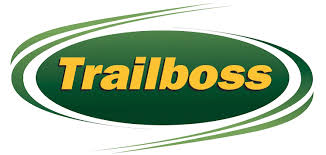On April 6, 2018, the administration announced a "zero tolerance" immigration policy that requires every undocumented adult immigrant and asylum seeker in the U.S. to be criminally prosecuted under federal law. As a result, over 2,000 children were forcibly separated from their families, labeled "unaccompanied," and transported to remote shelters around the country. After intense political backlash, on June 20, 2018, an executive order ended family separation by requiring that children be detained with their parents in family detention centers instead. The reunification plan for families already separated remains unclear.
41,134
Immigrants in Custody with Immigration and Customs Enforcement
11,200
Immigrant Children in Custody with the Office of Refugee resettlement
The "zero tolerance" immigration policy and the executive order ending family separation have created windfalls for some. Let us help you understand exactly how, for whom, and how much.








































































































